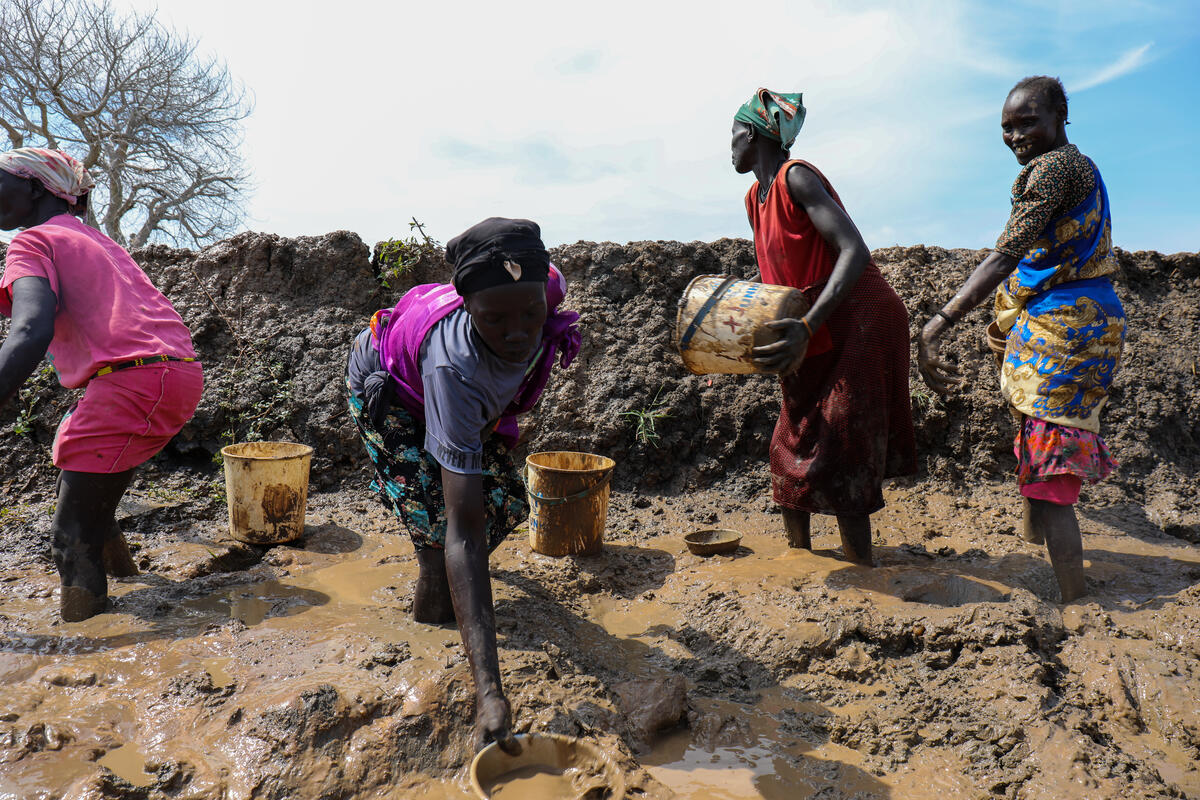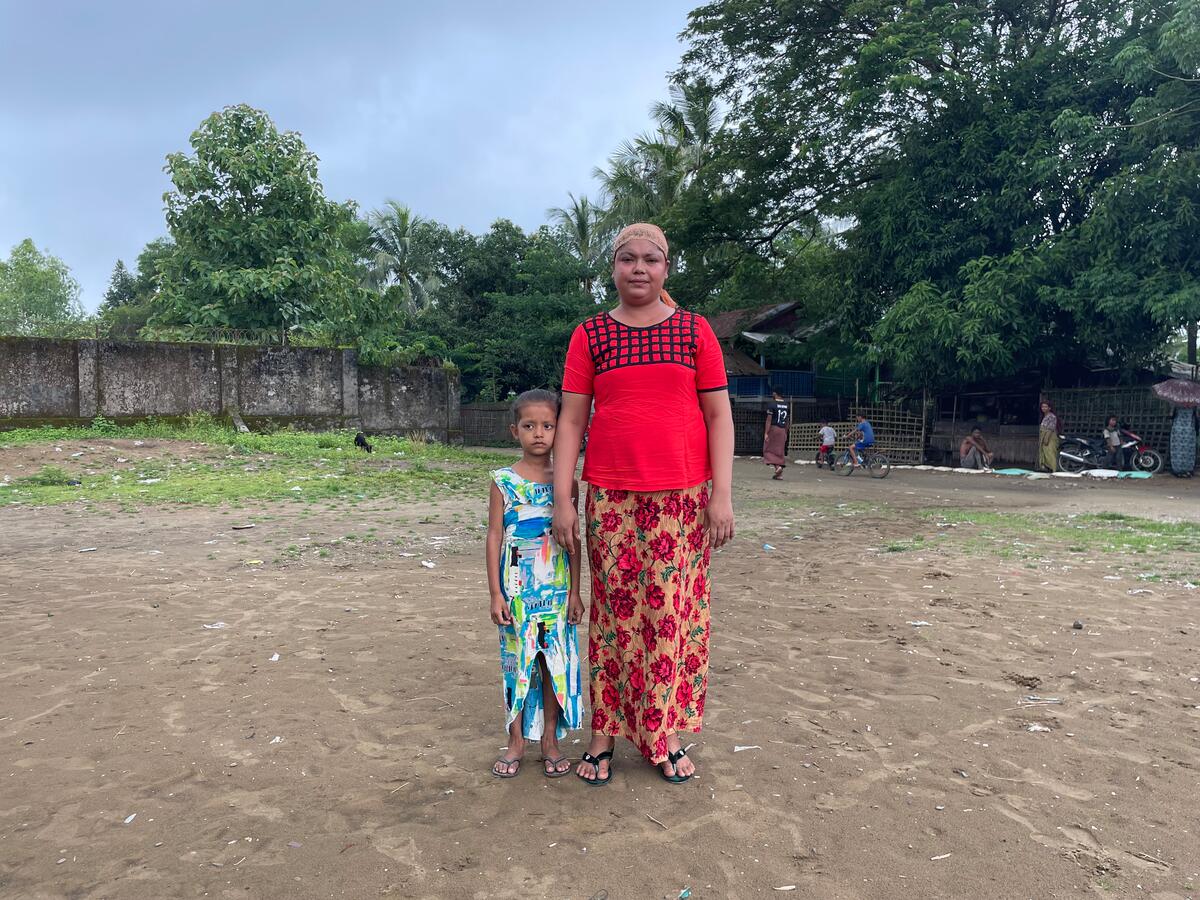Timor Emergency Update
Timor Emergency Update
Joint Border Commission
UNHCR welcomed an agreement Monday establishing a Joint Border Commission which would allow a stepped up repatriation of refugees to East Timor.
The agreement was signed on Monday during a visit to the border town of Motaain by Richard Holbrooke, the U.S. Ambassador to the United Nations, by representatives of the International Forces in East Timor (Interfet) and the Indonesian military. It provides for security arrangements for the overland repatriation of East Timor refugees in West Timor. The two sides agreed to speed up the repatriation process.
Present during the signing, aside from Holbrooke, were Stanley Roth, U.S. Assistant Secretary of State for East Asia and Pacific Affairs; Major General Peter Cosgrove, the Interfet Commander; Major General Adam Damiri, the Indonesian military commander in West Timor; West Timor Governor Piet Tallo; Sergio Vieira de Mello, the head of the UN Administration in East Timor (UNTAET); and UNHCR Regional Representative Rene van Rooyen.
Holbrooke arrived in Kupang on Sunday and held meetings with local officials and military and police commanders. He also visited Noelbaki camp, where UNHCR staff members have been attacked and are having difficulty extricating refugees who wish to repatriate.
On Monday, Holbrooke visited the border town of Atambua. There, he visited Haliwen camp where militias are actively intimidating UNHCR staff and refugees. "We are not happy with what we are seeing here at all," Holbrooke told reporters in Atambua. "Camps like this must be closed down fast, they shouldn't exist and money should be spent on resettlement, not turning camps like this into an Indonesian version of the camps in Gaza."From Atambua, Holbrooke proceeded to Motaain and later in the afternoon went to Dili, the East Timor capital.
UNHCR has repeatedly urged Indonesian authorities not only to control militias but also to separate them from refugees to allow increased repatriation of refugees.
Returns
Despite continued harassment by militiamen, more than 5,000 refugees returned to East Timor, most of them spontaneously, on Monday, bringing the overall number of returns to more than 90,000.
Monday's returnees included 560 who joined a UNHCR flight and a ship chartered by the International Organization for Migration from the West Timor capital of Kupang. Most of the other returnees went via two overland border crossings. A total of 397 refugees crossed the Motaain-Batugade border from Atambua while Holbrooke was in the area. From nearby Betun, more than 4,000 entered Suai in East Timor, comprising 1,100 who joined a UNHCR convoy and another 3,000 who went back spontaneously and were met by UNHCR staff on the other side. The Betun crossing had been arranged by UNHCR staff in West Timor over the past several days.Although militias in the Atambua area put on their best behaviour so far for Holbrooke's visit, only a few hundred repatriated from that region. This has been the pattern in Atambua since Wednesday's attack on a UNHCR convoy in which two refugees were injured. The ferry service for returnees from Atambua's port of Atapupu remains suspended because of the drop in the number of returnees there.The government says more than a quarter of a million refugees had fled to West Timor in the wake of a campaign of violence waged by militias angered by the outcome of the 30 August referendum on East Timor.









